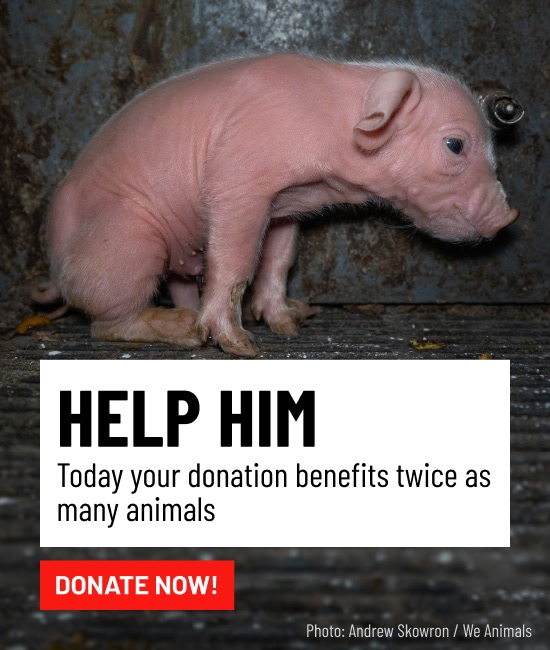Every year, millions of lambs are slaughtered in Italy. But many of these lambs are not born there.
In fact, before they are slaughtered, they are forced to endure a hellish journey all the way from other European countries where they’ve been raised.
The journey can be as long as 1,200 miles and it lasts for days, in completely unacceptable conditions.
Our investigators followed these lambs on this long journey to the slaughterhouse so their story could be told to the public. We also documented violations of the law that caused great suffering to these animals, and we reported these offences to the authorities.
Our investigation was conducted in collaboration with the German organisation Animal Welfare Foundation (AWF) and the National Animal Protection Agency of Italy (ENPA).
LIVE TRANSPORT: INVESTIGATOR DIARIES
DAY 1
The routes taken by live animal trucks from countries in Eastern Europe to Italy are often predictable, but it is not always easy to identify and follow the trucks in real time.
We began our first day identifying all the possible routes they could take. Then we left in two cars and began to monitor the trucks passing by along the road.
After a while, we spotted an open truck in which lambs were visible through the bars. It was a truck which was transporting lambs from Hungary to central Italy. We managed to collect some photographs as it went past, and we began to follow it.
It appeared that the lambs in the truck were still very young and weren’t weaned yet. This means they would normally still be feeding on their mothers’ milk.
But the lambs weren’t with their mothers anymore. They are separated before the journey.
As we approached the truck and opened the windows, the air became filled with the strong smell of ammonia.
The fact we could smell ammonia suggests that the litter box was dirty and damp, saturated with urine and faeces. This can cause respiratory tract infections in animals.

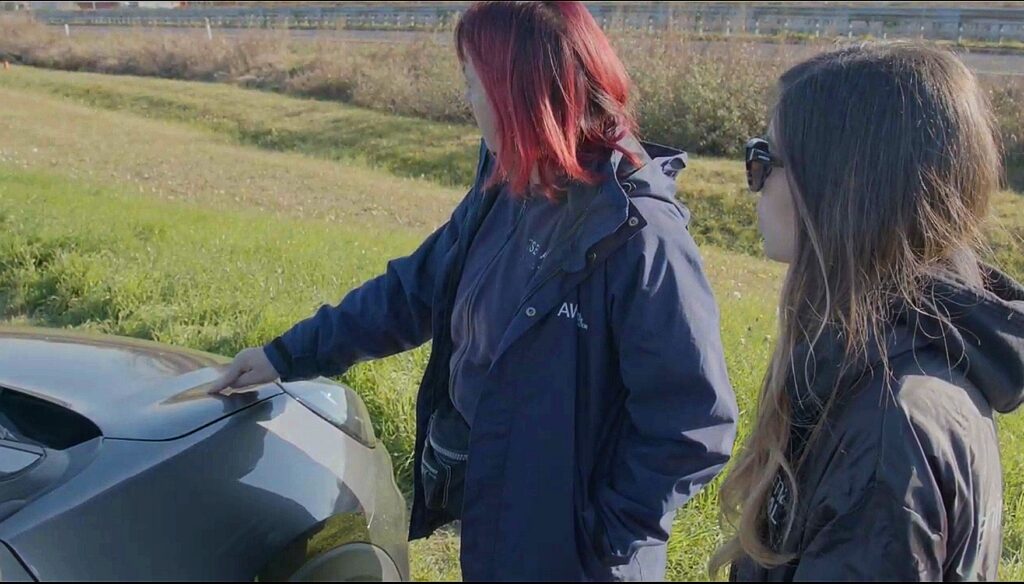
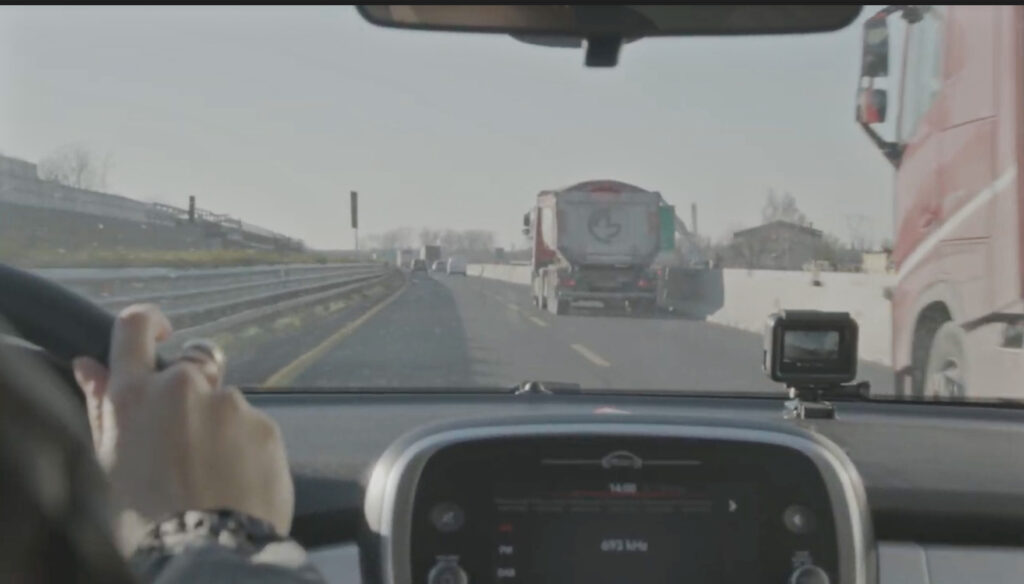

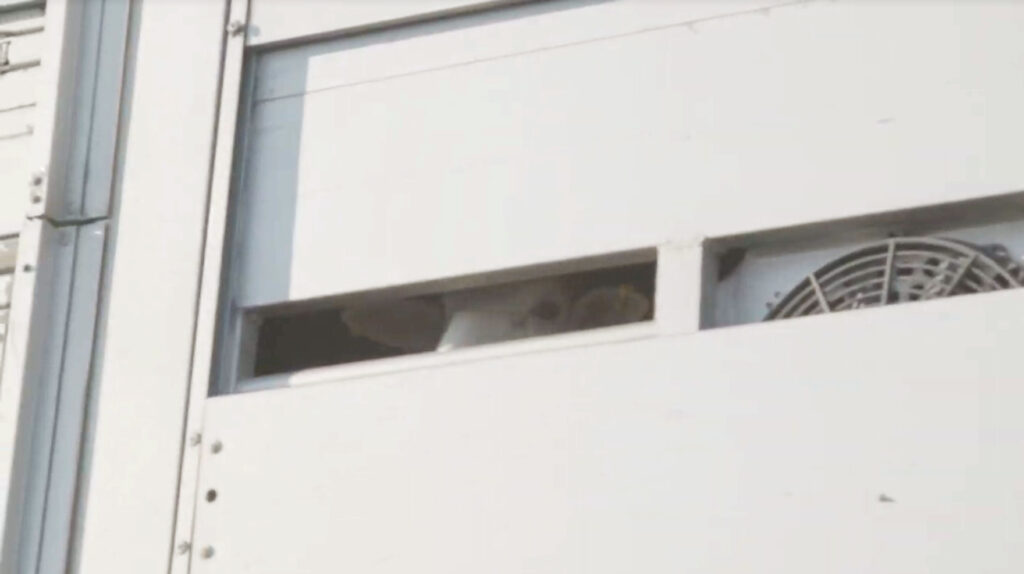
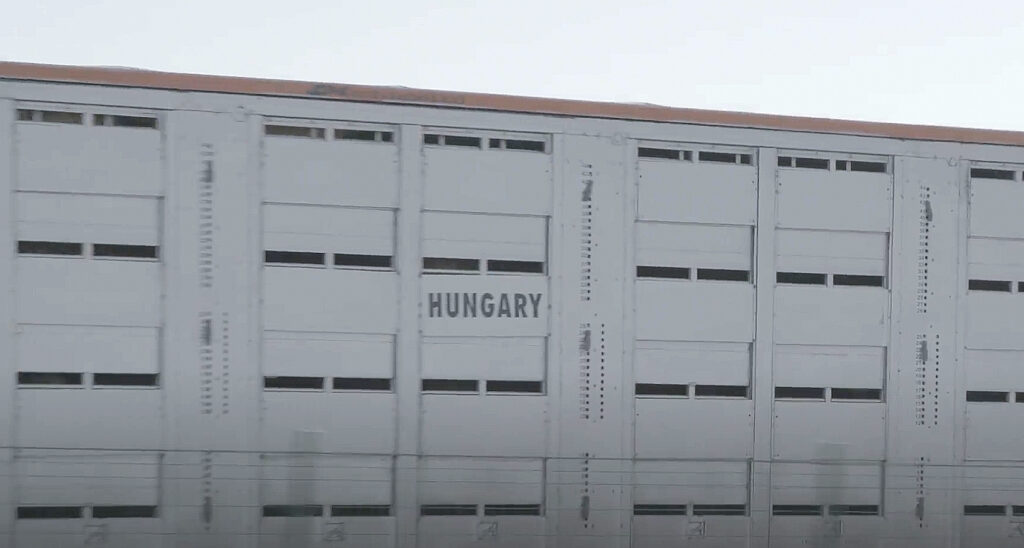

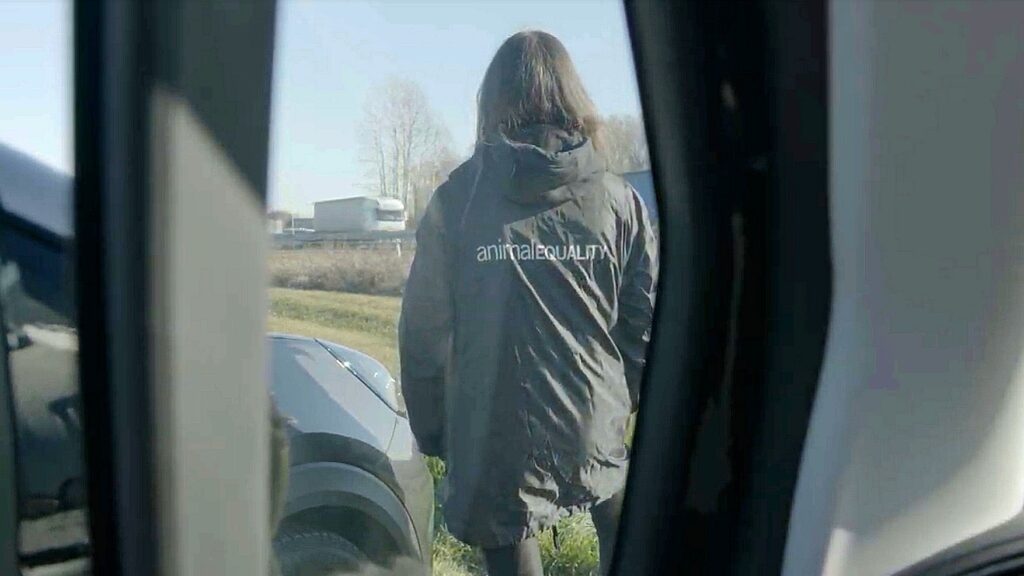
DAY 2
Today we spotted more trucks. They’ve come from a number of different countries in Eastern Europe, meaning they’ve all travelled hundreds of kilometers already.
At times, it’s only possible to catch a small glimpse of the animals inside the trucks through small openings in the sides. We spotted the lambs’ eyes, ears, and sometimes snouts.
Spotting the trucks and managing to capture images can be challenging. It’s unpredictable when a truck will appear.
You have to wait patiently, sometimes spending hours looking at the road, and then suddenly one appears and you set off in pursuit.
On day two of the investigation, we stumbled upon a truck carrying calves.
We could see that the calves were very small, almost certainly not yet weaned, and visibly dehydrated.
We could hear their desperate bellowing from inside our car. Many of them were licking the bars of the truck.
This type of behaviour – often referred to as ‘tongue rolling’ – is a sign of distress.
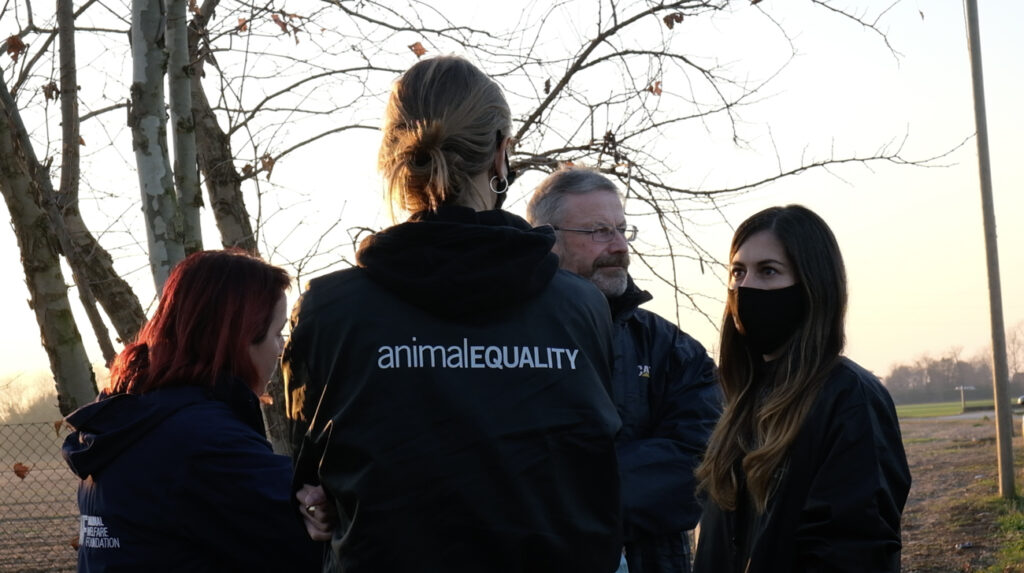
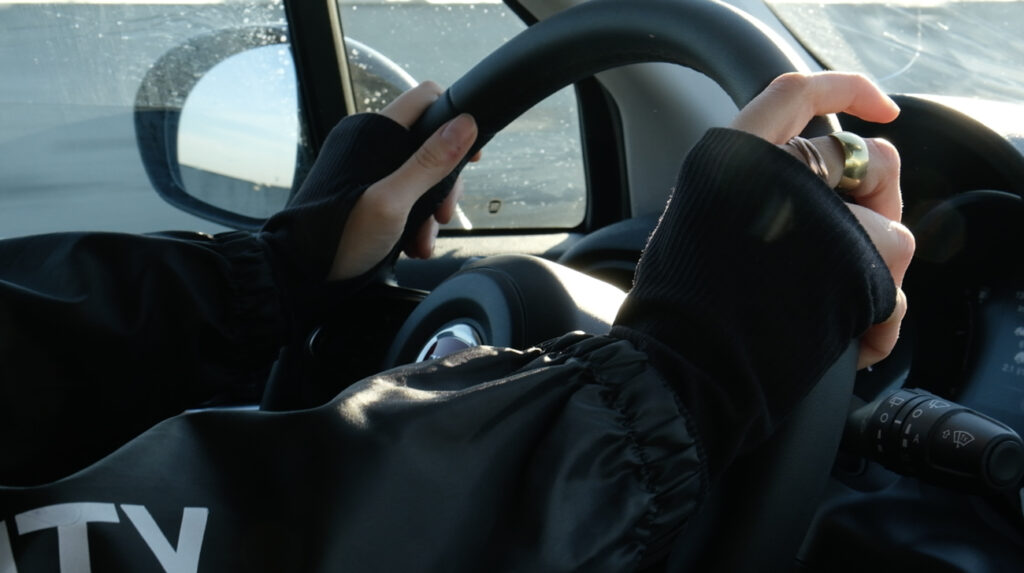
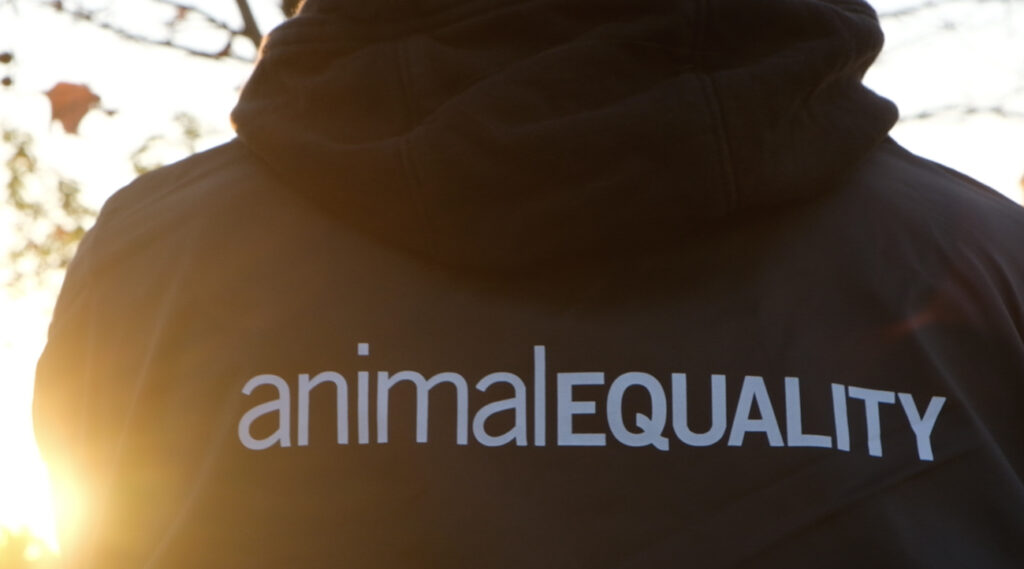
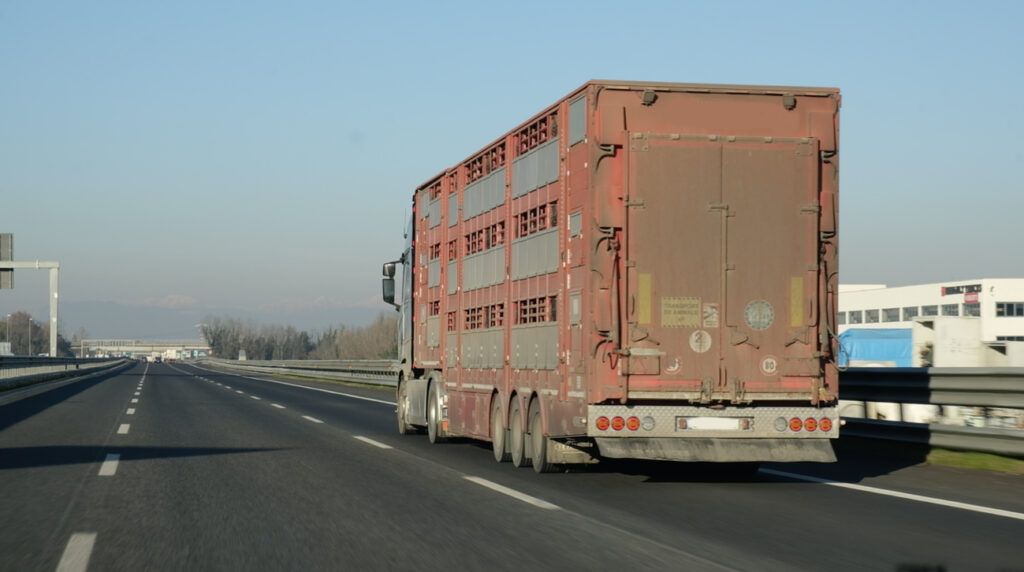
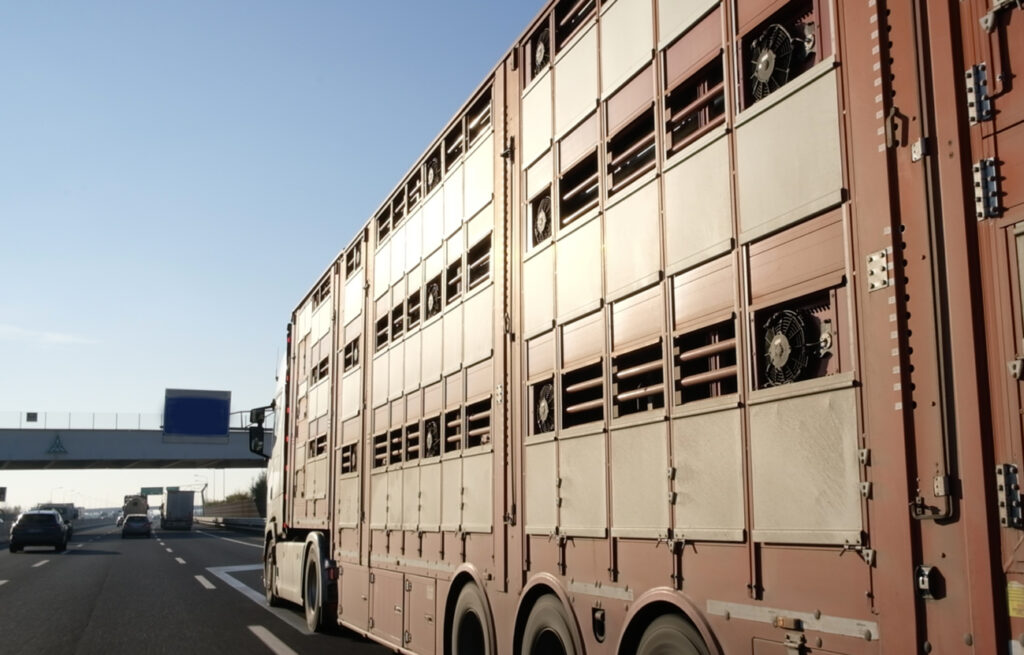
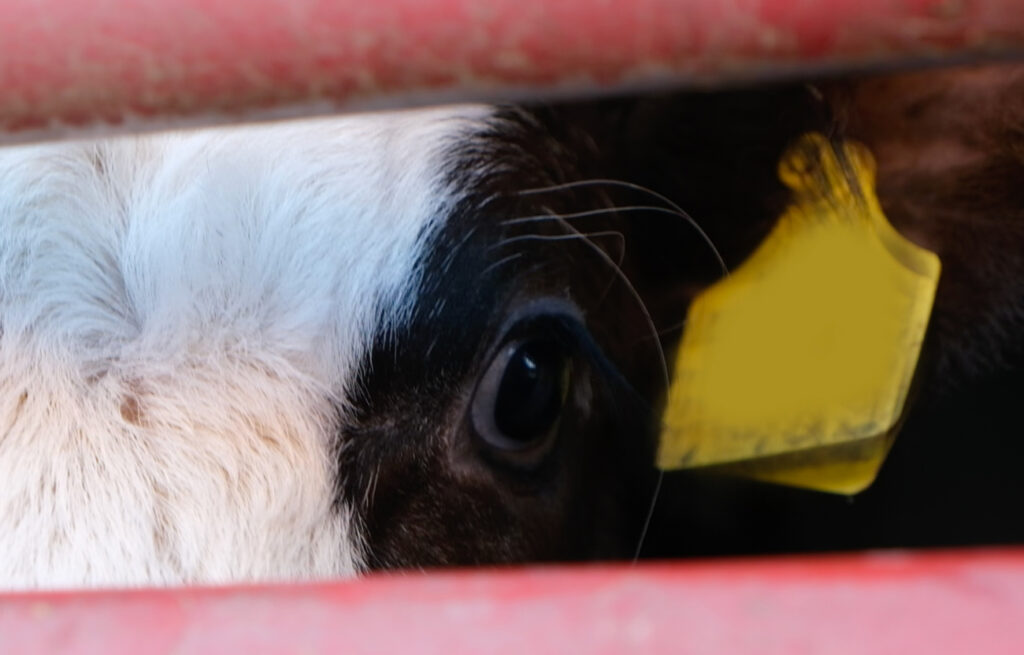
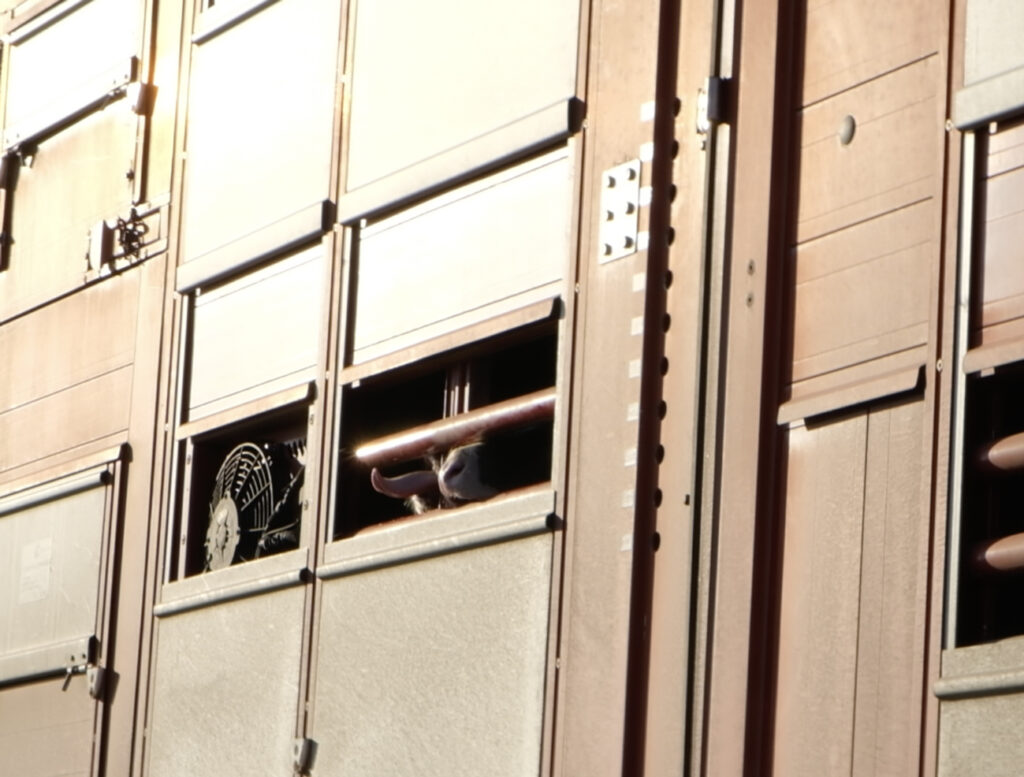
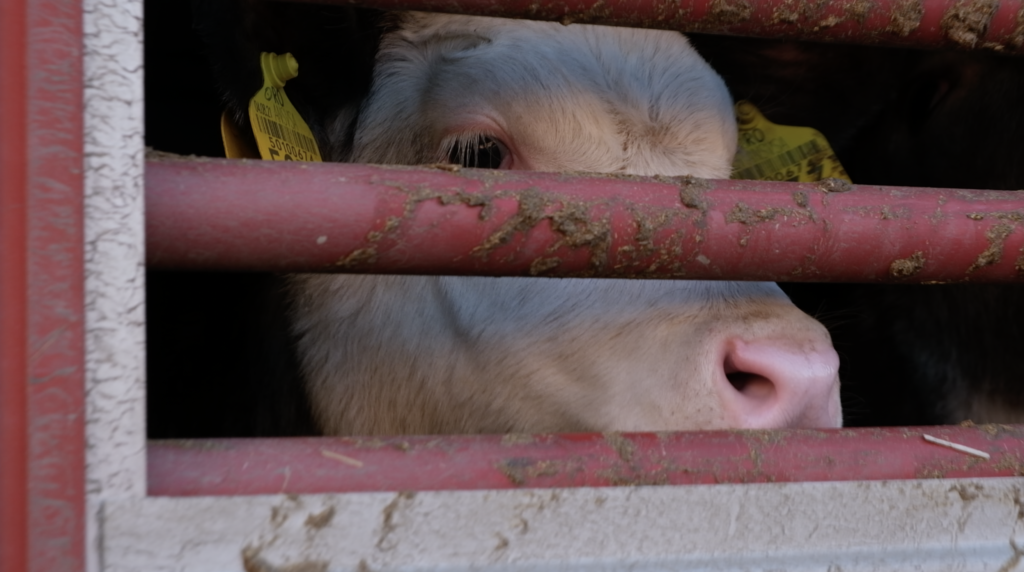
We immediately reported the situation to the relevant authorities but they failed to intervene and inspect the truck.
In the evening we spotted four more trucks, which had all come from different places.
DAY 3
After patiently monitoring the activities on the motorway yesterday, we decided today that we’d move to the Italian border. We wanted to try to intercept the trucks as they arrived in Italy.
At 4am we left and drove non-stop for several hours.
We took turns driving and took short breaks along the way.
We encountered some thick fog en route. This not only made driving difficult, but also made it hard to collect images and footage. Still, we were able to identify two trucks carrying lambs which were just a few weeks old. They were headed to the slaughterhouse.
After midnight, we identified two trucks with lambs on board most likely not yet weaned and began to follow them. Tomorrow we’re going to try and assess the health of the lambs on board the truck with Tea, a veterinarian who is travelling with us.



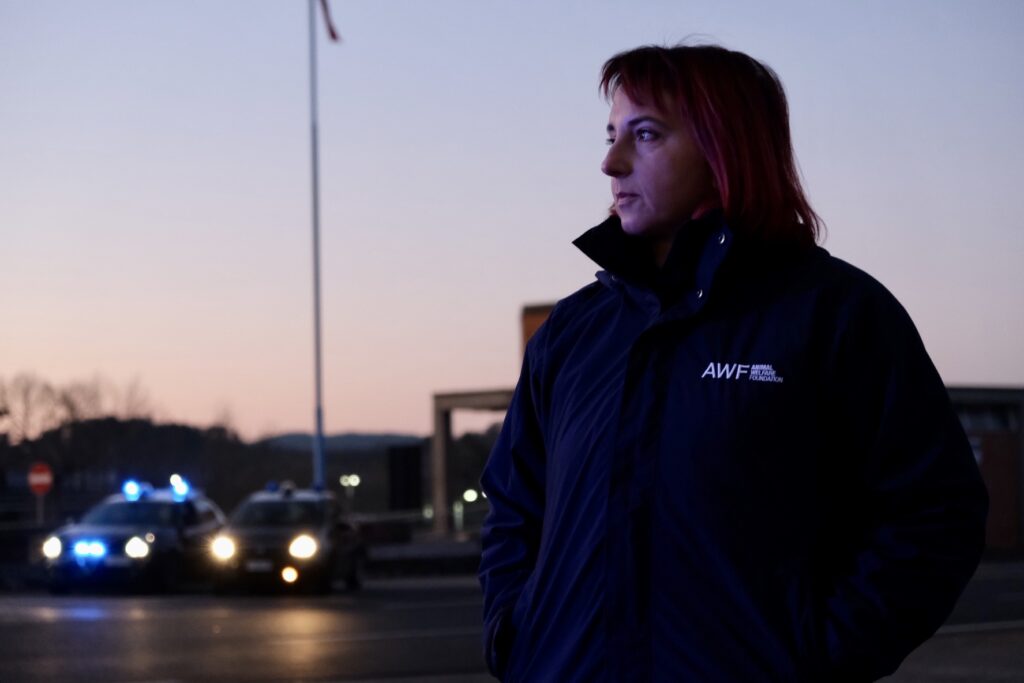


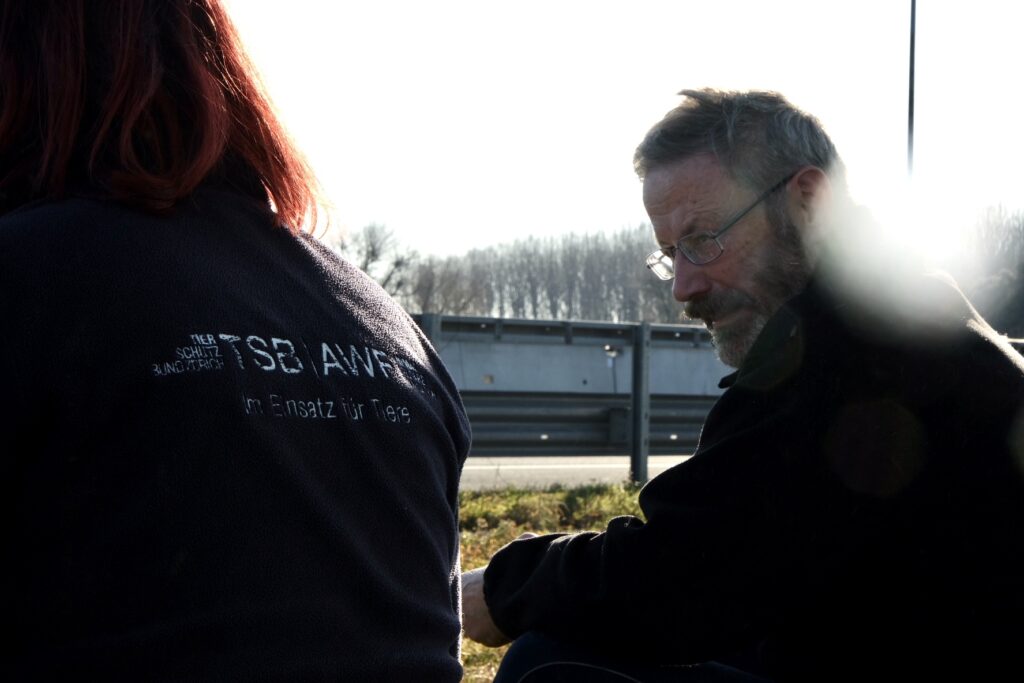
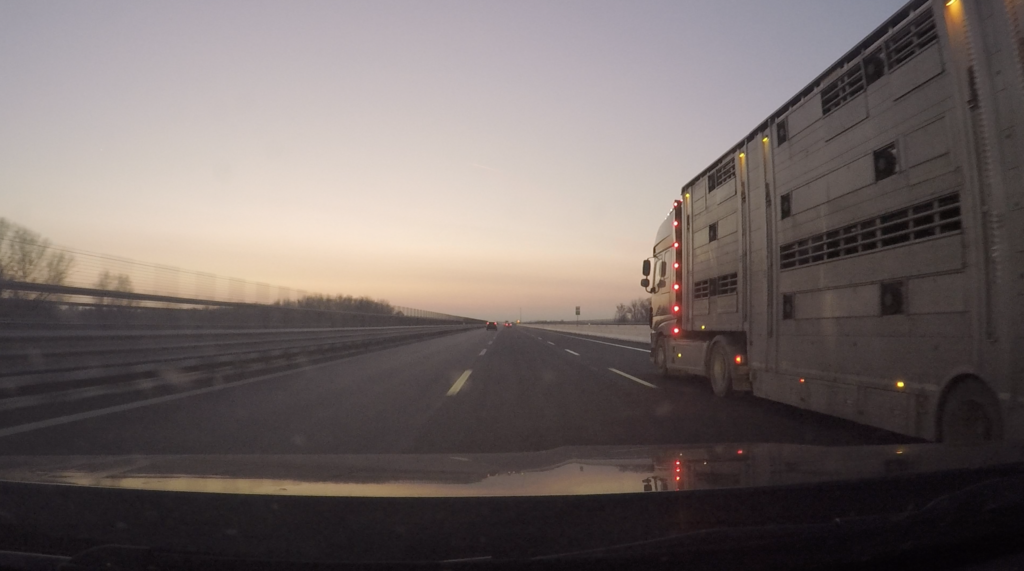
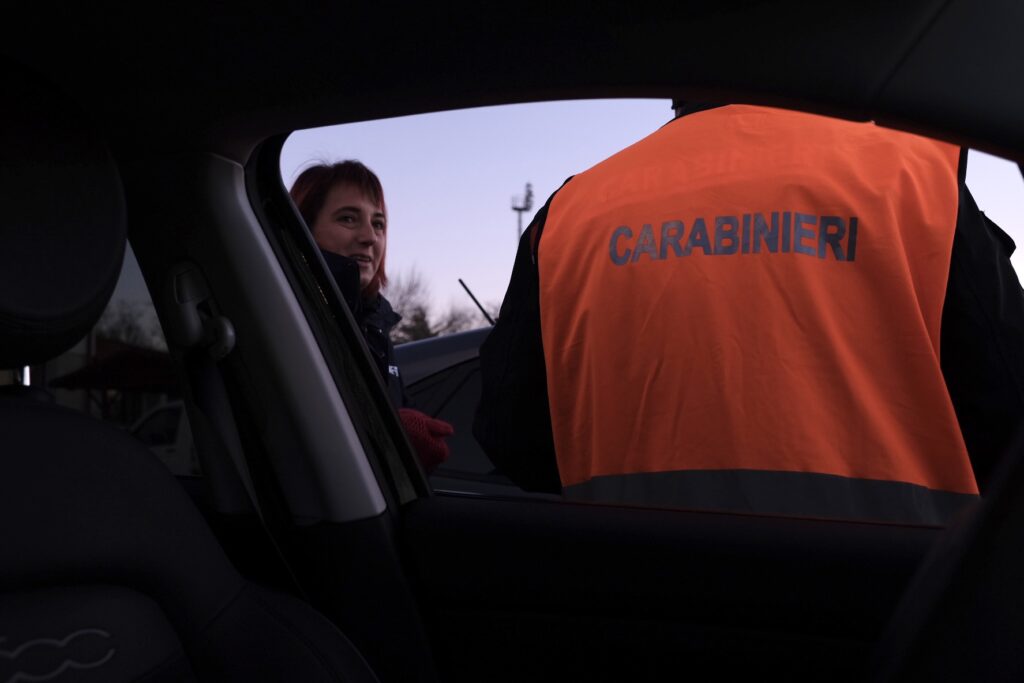
DAY 4
After following the truck carrying the lambs, we quickly reported the vehicle to the authorities, who intervened immediately. Unfortunately, they didn’t allow us to stay while they were checking the animals so we couldn’t assess the lambs’ health ourselves.
We returned to the border and at dawn – at around 5:30 in the morning – we spotted a second truck, and once again we decided to inspect it more closely and call the authorities. They showed themselves to be cooperative, intervening shortly after we reported the truck.
Here’s a log of what we found:



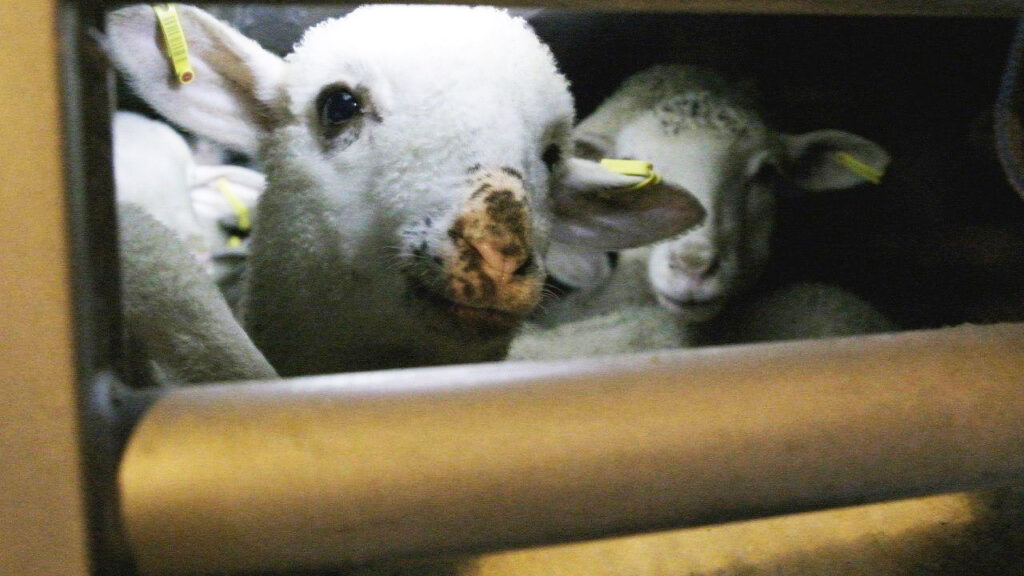
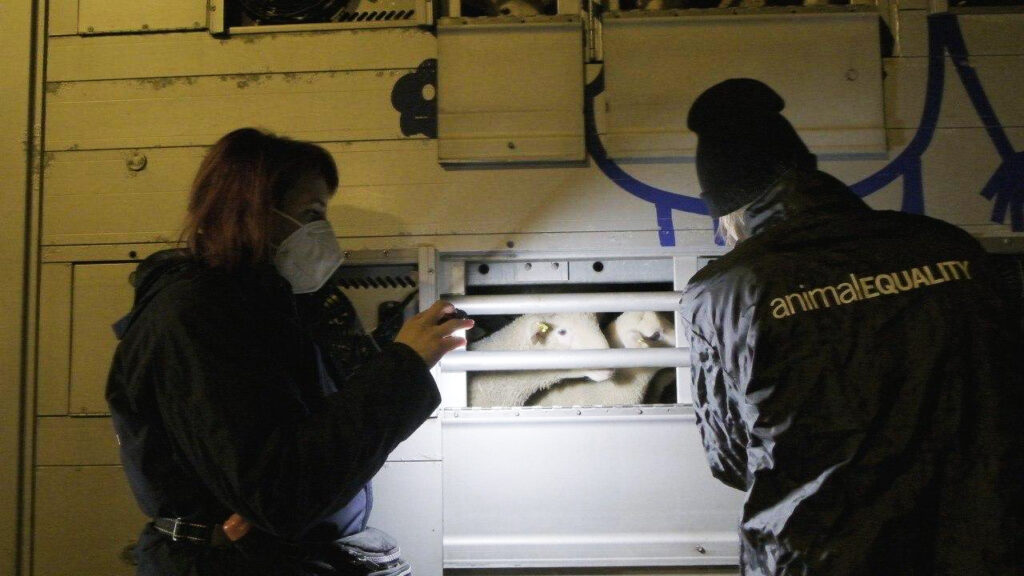

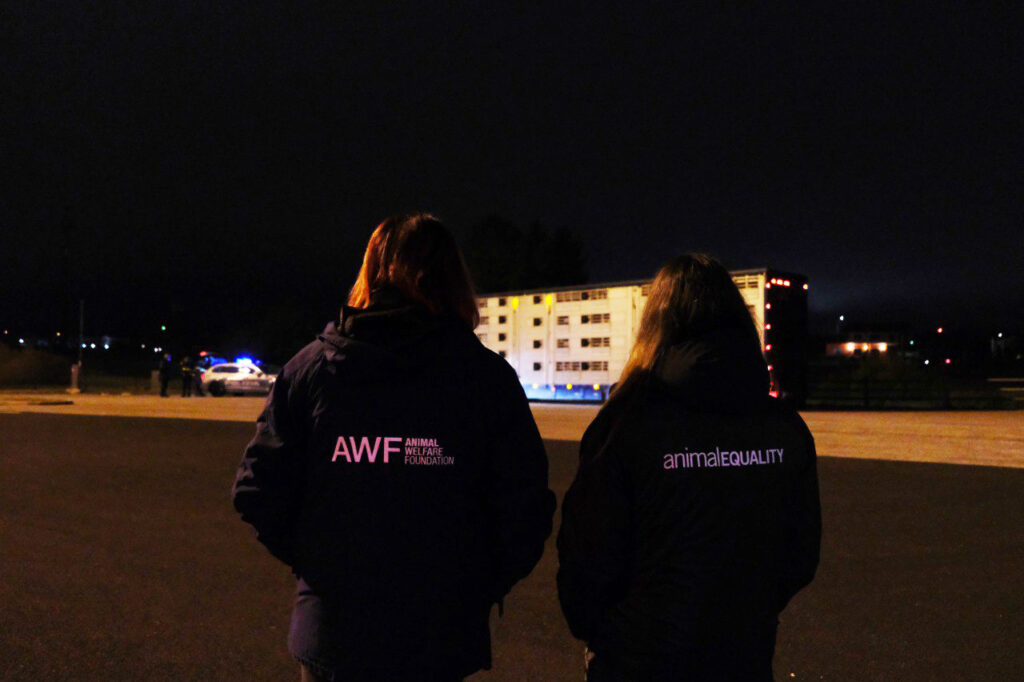


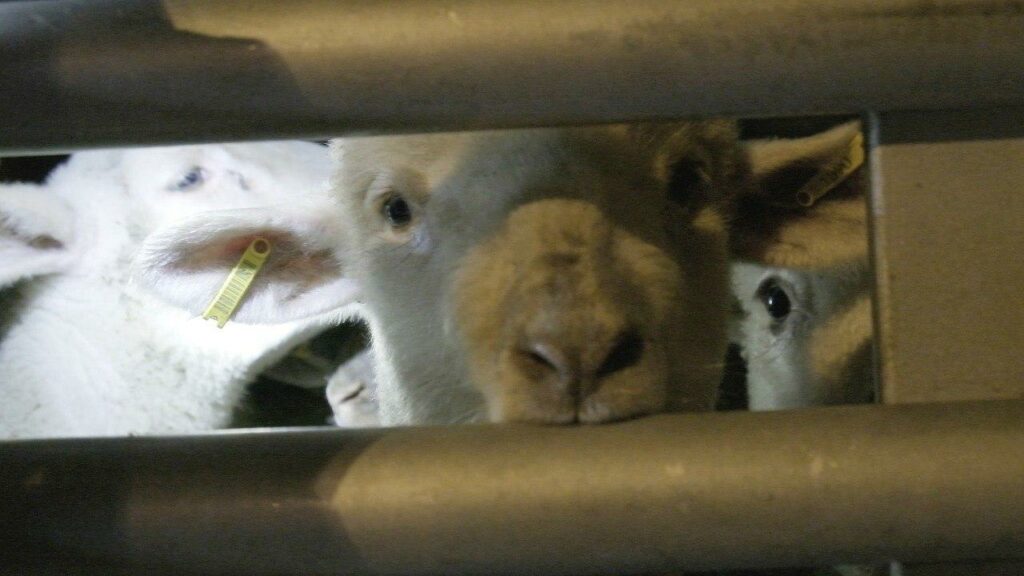
FIRST TRUCK, 01:00 AM
Very high number of animals, hundreds of animals are transported in a single truck, arranged on four floors.
The animals bleat desperately. The authorities blocked the truck we reported and started the checks, but they aren’t allowing us to watch, shoot videos or take pictures.
SECOND TRUCK, 05:30 AM
Lambs continue to bleat, a symptom of physical and emotional stress.
We check the temperature outside, which is just within the minimum temperature required by the law by just 1 degree.
The transport of lambs is allowed with temperatures between 5 and 30 degrees Celsius. Although 6°C is ‘in accordance with the law’, it is certainly too low a temperature to bear for lambs this young who have been torn away from their mothers.
Lambs lick the truck’s ceiling and bars, clearly thirsty and hungry.
Their inability to drink is evident. We tried to offer them water with special equipment, but despite their clear signs of thirst, they didn’t take it. This suggests that they are not yet weaned, meaning they can still only take milk from their mother.
The lambs are torn from their mothers at a few weeks of age, even before they are weaned and for this reason they do not receive the care that, as young lambs, they need.
They are transported by the hundreds in trucks and are unable to drink or eat.
These lambs cannot be fed directly on the truck, as is the case with adult animals, as the vehicles do not have the equipment to feed unweaned animals.
All these tests demonstrate a clear violation of the European Regulation 1/2005 which requires that all unnecessary suffering is avoided for animals while they’re transported alive. It’s also a violation of article 727 of the Italian Criminal Code.
DAY 5
After five days and nights of practically non-stop road investigations, we are finally returning to our homes.
The experience of two members of our team has been especially valuable during the investigation: Tea Dronjic – Veterinarian and Project Manager at Animal Welfare Foundation – and Paolo, guard of the National Animal Protection Authority.
Tea has been in charge of assessing the health of the animals we see and checking the conditions that they are kept in. Paolo made contact with the authorities to report instances where the law had been broken by the people transporting the lambs.
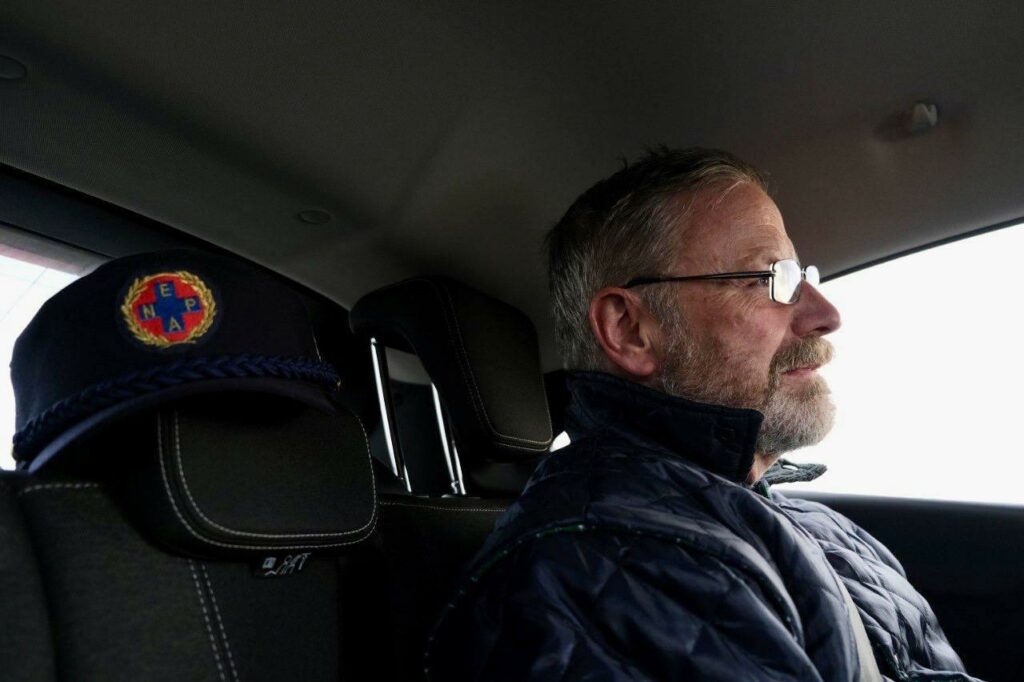
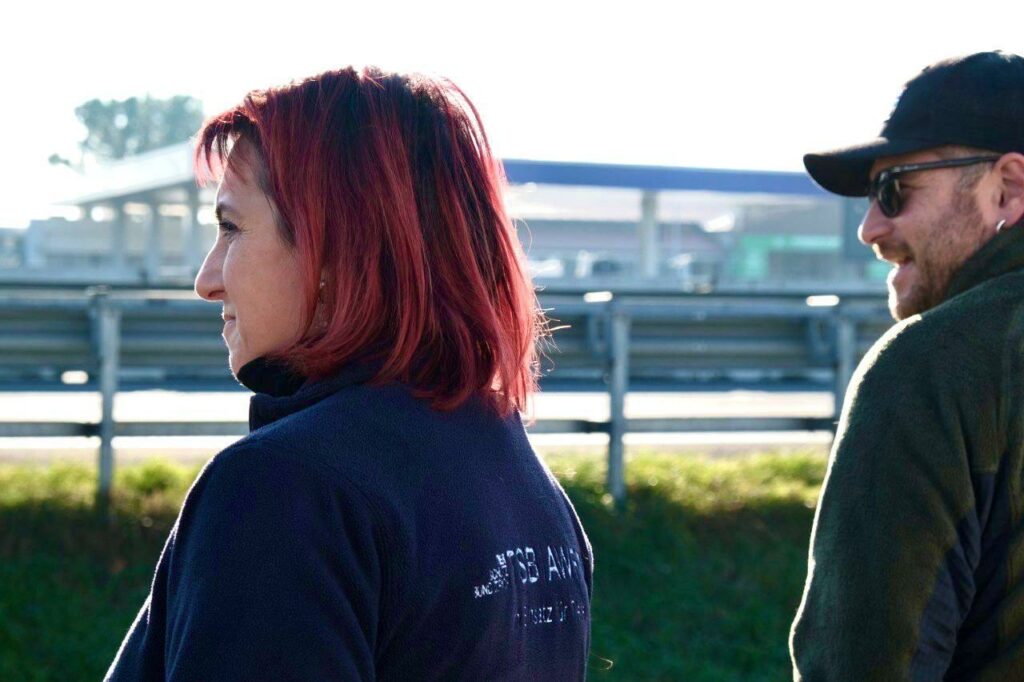




In a short interview, Tea explains in more detail the most frequent problems that lambs face during transport.
The interview with Tea:
Animal Equality has been conducting investigations into the live transport of animals for a number of years.
In 2020, we documented the journey that lambs are forced to endure from Spain across the Mediterranean Sea.

